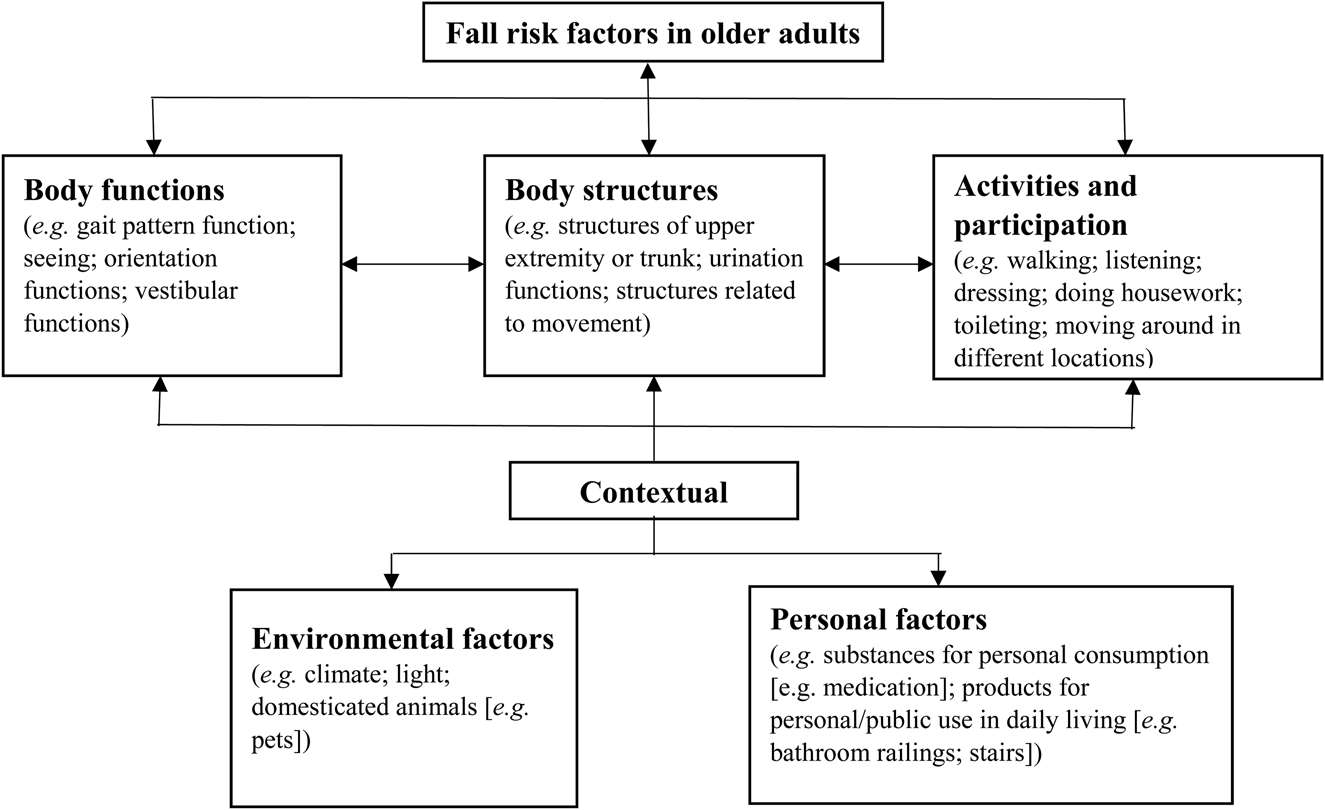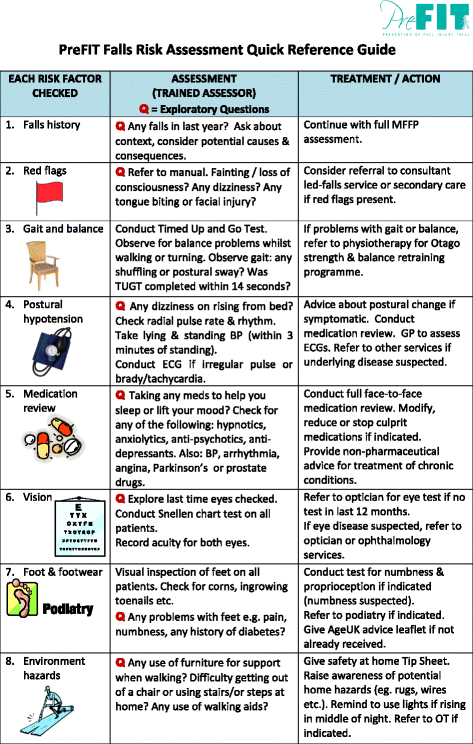7 Easy Facts About Dementia Fall Risk Shown
Table of ContentsThe Basic Principles Of Dementia Fall Risk The 10-Minute Rule for Dementia Fall RiskUnknown Facts About Dementia Fall RiskThe Only Guide to Dementia Fall RiskThe 7-Second Trick For Dementia Fall Risk
Guarantee that there is an assigned location in your clinical charting system where team can document/reference ratings and document pertinent notes related to fall prevention. The Johns Hopkins Autumn Threat Analysis Device is one of numerous devices your personnel can make use of to aid stop unfavorable medical events.Patient drops in healthcare facilities prevail and incapacitating adverse occasions that linger regardless of years of initiative to decrease them. Improving interaction throughout the assessing registered nurse, care team, patient, and client's most included family and friends might reinforce autumn avoidance efforts. A group at Brigham and Women's Hospital in Boston, Massachusetts, looked for to develop a standardized fall prevention program that focused around boosted communication and person and family engagement.

The innovation team stressed that successful execution depends on person and staff buy-in, assimilation of the program right into existing process, and integrity to program processes. The team kept in mind that they are coming to grips with just how to ensure connection in program application during periods of situation. During the COVID-19 pandemic, for instance, a rise in inpatient falls was connected with restrictions in client engagement in addition to limitations on visitation.
Not known Facts About Dementia Fall Risk
These incidents are typically taken into consideration avoidable. To execute the treatment, companies require the following: Accessibility to Autumn TIPS sources Loss pointers training and re-training for nursing and non-nursing team, consisting of new nurses Nursing process that permit individual and family involvement to carry out the drops analysis, make certain use the avoidance strategy, and perform patient-level audits.
The outcomes can be very detrimental, commonly accelerating individual decline and creating longer hospital remains. One research estimated remains enhanced an extra 12 in-patient days after a person fall. The Loss TIPS Program is based upon interesting clients and their family/loved ones throughout 3 major procedures: analysis, individualized preventative interventions, and auditing to guarantee that patients are participated in the three-step autumn prevention process.
The individual evaluation is based on the Morse Autumn Scale, which is a validated loss threat analysis device for in-patient medical facility settings. The range consists of the six most common factors individuals in healthcare facilities fall: the individual loss history, high-risk problems (consisting of polypharmacy), use IVs and various other external tools, mental status, gait, and movement.
Each risk factor relate go to this site to several actionable evidence-based treatments. The nurse produces a plan that includes the interventions and shows up to the treatment group, patient, and family on a laminated poster or printed aesthetic aid. Nurses develop the plan while meeting the patient and the individual's family members.
Dementia Fall Risk - The Facts
The poster functions as a communication device with various other members of the person's care group. Dementia Fall Risk. The audit component of the program includes evaluating the individual's knowledge of their risk aspects and avoidance plan at the system and medical facility levels. Nurse champions conduct at least five individual interviews a month with clients and their households to look for understanding of the autumn prevention plan

An approximated 30% of these falls outcome in injuries, which can range in intensity. Unlike various other unfavorable events that need a standardized professional feedback, loss avoidance depends extremely on the requirements of the client.
Not known Factual Statements About Dementia Fall Risk

Based on bookkeeping results, one website had 86% compliance and 2 sites had over 95% compliance. A cost-benefit analysis of the Fall TIPS program in 8 health centers approximated that the program price $0.88 per individual to implement and caused savings of $8,500 per 1000 patient-days in direct expenses associated with the avoidance of 567 falls over 3 years and 8 months.
According to the development group, companies thinking about carrying out the program needs to conduct a readiness analysis and drops avoidance spaces evaluation. 8 In addition, organizations ought to make sure the essential infrastructure and process for application and create an execution plan. If one exists, the organization's Autumn Avoidance Job Pressure should be involved in planning.
Indicators on Dementia Fall Risk You Should Know
To start, organizations need to make sure conclusion of training components by nurses and nursing aides - Dementia content Fall Risk. Health center team must examine, based on the needs of a healthcare facility, whether to utilize an electronic health document printout or paper variation of the loss prevention plan. Applying groups ought to recruit and educate nurse champions and develop processes for auditing and coverage on autumn data
Staff require to be associated with the process of redesigning the operations to involve clients and household in the assessment and avoidance strategy process. Systems ought to be in place so that devices can comprehend why a fall occurred and remediate the reason. Much more particularly, nurses should have networks to give recurring responses to both personnel and system management so they can adjust and boost loss avoidance workflows and interact systemic problems.